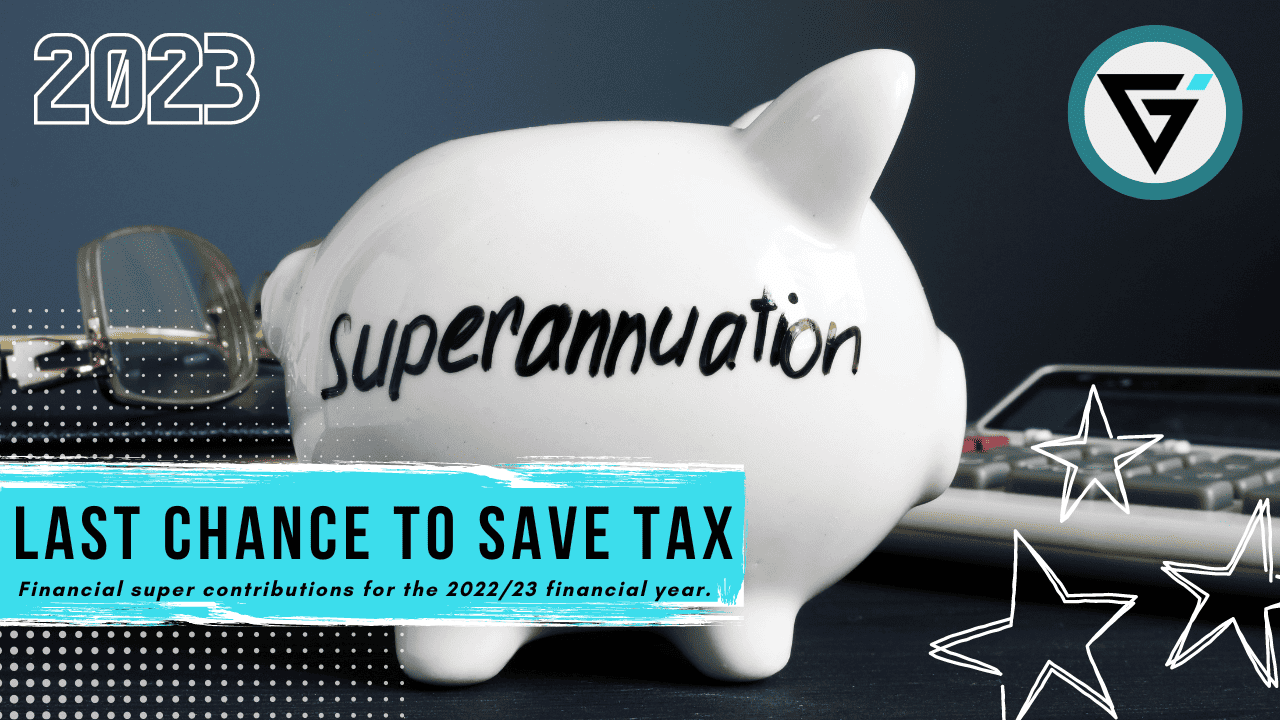To hedge or not to hedge? This is a question that every investor should ask themselves before they take on an international exposure in their portfolio. By investing overseas, you are exposing yourself to currency risk.
This exposure to foreign currencies can represent both an opportunity and a threat to your portfolio. Get the currency play right, and you can add to your overall return but if currencies move against you, this will detract from your overall investment return.
Hedging is a tool used to reduce the effect of exchange rate fluctuations. The aim is to make sure the value of your investment is being affected solely by the changing value of the assets your invested in, and not changes to the value of the currencies.
If you are not implementing a hedging strategy, you are said to be unhedged. This basically means you are ‘short’ the Australian dollar and ‘long’ foreign currencies. Put another way, you sell out of Australian dollars to buy assets in a foreign currency and hope that the value of the Australian dollar falls so you can buy it back later, at a cheaper price, when you sell the foreign assets.
When should you hedge?
Deciding when to hedge can be quite a difficult decision because there are many factors which can influence currency fluctuations between countries. Five of those key factors include:
- Interest rate differentials;
- Commodity prices;
- Purchasing power parity;
- Government credit ratings; and
- Sentiment and speculation.
Now I am not going to go into these factors in detail as each one as its own set of complexities. However, what I will say is that sometimes simply comparing the current exchange rate to the long-term average can be very handy!
For example, the 20-year average of the Australian dollar (AUD) vs the US dollar (USD) is $0.76. Early this year, in March, the AUD/USD exchange rate was sitting around $0.58 so we hedged majority of our US international exposures because it was well below the average. In other words, we are betting the Australian dollar would rise. Turns out we were right, and it paid off nicely in the portfolios because the AUD/USD exchange rate is now sitting around $0.70. This added to our overall return.
But of course, and this should go without saying, looking at historical averages is not gospel as the future is uncertain and anything can happen.
When deciding if you should hedge or not, you should also take into consideration your tolerance to risk and investment experience. Trying to get a currency call right adds additional volatility to your portfolio. So, if you are a risk-adverse investor, or not a very confident investor, then your default position should be to hedge your holdings at all times and not speculate on currency movements.
How to hedge your portfolio
There are a few different ways you can hedge your portfolio. If you want to manage the hedging yourself, there are hedging tools available to Aussie investors including ASX-listed currency exchange-traded funds (ETFs) and FX market derivatives. This can start to get a little complex and not the way I prefer to manage my currency positions.
Instead, I like to get my international exposure through a combination of passive and active funds, primarily ETFs. Generally, when you find a fund you like there will be both a hedged and an unhedged version of that fund. You simply select the version of the fund based on your outlook of the Australian dollar.
Some active managers will also actively manage the currency position based on their own research and outlook. These funds are great because as the investor, the work is done for you! There is a risk however that the hedging position within the fund differs from your outlook and of course the portfolio manager could make the wrong call.
It is important to note that if you do take a position in a hedged fund then the management expense ratio (MER) of that fund will be higher than the unhedged version. This is because there are costs associated with managing currency exposures.
The difference a hedging call can make
To give you an idea of the importance of hedging, let’s look at a basic example and compare the Vanguard International Shares Index Fund (VGS) with the Vanguard International Shares Index Fund Hedged (VGAD).
Both ETFs tracks the MSCI World ex-Australia Index. VGS exposes you to currency risk and VGAD does not as it is hedged.
Over the last 12 months, for the period ending 30th September 2020, VGS returned 4.37% and VGAD returned 6.43%. So, as you can see, even though the underlying holdings of these funds are identical, the difference in investment performance is 2.06% which is significant! Over the last 12 months you would have been much better off with hedged exposures as the AUD has strengthened.
I am using VGS and VGAD as an example only, this is not a recommendation to buy either. You need to make that decision for yourself.
Final thoughts
I am a big fan of investing internationally as there are offshore opportunities that we just can’t get through Australian listed companies. However, with investing offshore you do expose yourself to currency risk which you need to take into consideration.
It is also important to note that sometimes you can’t hedge away your currency risk because it is built into the earnings of the companies you are invested in. For example, Australian listed companies that export overseas will likely have revenues that are sensitive to currency rates, especially if their products are traded in foreign currencies. This is the case for many of our large resource exporters. As you have no control over this, best not to worry about it.
When you do have control over your currency exposures, I personally like to play the extremes of currency. If the AUD is significantly undervalued in comparison to the long-term trend, I will hedge my exposures. If the AUD is significantly overvalued in comparison to the long-term trend, I will opt for unhedged. If I have no conviction either way, my default is a hedged position.










